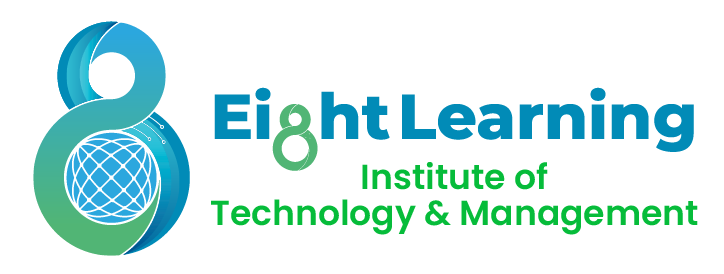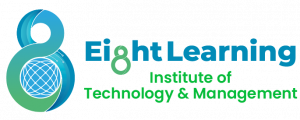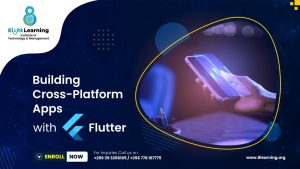In an age where attention spans are dwindling and information overload is a constant challenge, microlearning has emerged as a powerful tool for effective education and training. By breaking down complex topics into bite-sized lessons, microlearning makes it easier for learners to grasp and retain information. This innovative approach is transforming how we acquire new skills and knowledge, proving that sometimes less is indeed more.
What is Microlearning?
Microlearning is a teaching method that delivers content in small, manageable chunks. These lessons, typically lasting no more than 10 minutes, focus on specific learning objectives and are designed to be easily digestible. Whether it’s through short videos, interactive quizzes, infographics, or brief articles, microlearning aims to provide quick, focused bursts of information that can be accessed anytime, anywhere.
The Benefits of Microlearning
- Enhanced Retention: Studies have shown that learners retain information better when it is presented in short, focused segments. Microlearning leverages this by ensuring that each lesson targets a single concept or skill, making it easier for learners to absorb and remember the material.
- Flexibility and Convenience: One of the biggest advantages of microlearning is its accessibility. Learners can engage with content on their own time, fitting in lessons during breaks, commutes, or any other free moment. This flexibility is particularly beneficial in today’s fast-paced world where finding time for traditional, lengthy training sessions can be challenging.
- Engagement and Motivation: Microlearning’s brief, targeted nature helps keep learners engaged. The quick feedback from quizzes and interactive elements can boost motivation and reinforce learning. The variety of formats—videos, games, infographics—also caters to different learning styles, making the process more enjoyable and effective.
- Cost-Effective and Scalable: For organizations, microlearning is a cost-effective training solution. It requires less time and resources to develop and deploy compared to traditional training programs. Additionally, microlearning modules can be easily updated and scaled to accommodate a growing workforce or evolving learning needs.
Real-World Applications of Microlearning
- Corporate Training: Many companies are incorporating microlearning into their employee training programs. Topics such as compliance, software training, and professional development are ideal for microlearning modules, which employees can complete during their workday without disrupting their productivity.
- Language Learning: Apps like Duolingo and Babbel use microlearning principles to teach new languages. By offering daily, bite-sized lessons, these platforms help users gradually build their language skills in a fun and interactive way.
- Healthcare Education: Medical professionals often need to stay updated with the latest research and practices. Microlearning provides an efficient way to deliver this information, ensuring that healthcare workers can keep their knowledge current without extensive time commitments.
- K-12 and Higher Education: Educators are increasingly integrating microlearning into their curricula to supplement traditional teaching methods. Short videos, quizzes, and interactive activities can reinforce classroom learning and help students grasp complex subjects more easily.
Tips for Effective Microlearning
- Focus on One Objective: Each microlearning module should have a clear, specific objective. This keeps the content concise and ensures that learners can quickly understand and retain the information.
- Use Varied Formats: Mix up the content with videos, quizzes, infographics, and interactive elements to cater to different learning styles and keep learners engaged.
- Make it Accessible: Ensure that learners can access the modules on various devices, including smartphones, tablets, and computers. This flexibility allows them to learn on the go.
- Incorporate Feedback: Provide immediate feedback through quizzes and interactive activities to reinforce learning and keep learners motivated.
- Keep it Relevant: Ensure that the content is relevant to the learners’ needs and interests. This increases the likelihood of engagement and retention.
Microlearning is revolutionizing the way we approach education and training. By delivering content in small, focused doses, it enhances retention, boosts engagement, and offers unparalleled flexibility. Whether in corporate environments, educational institutions, or personal development, microlearning’s bite-sized lessons have a big impact, proving that when it comes to learning, sometimes less truly is more.





